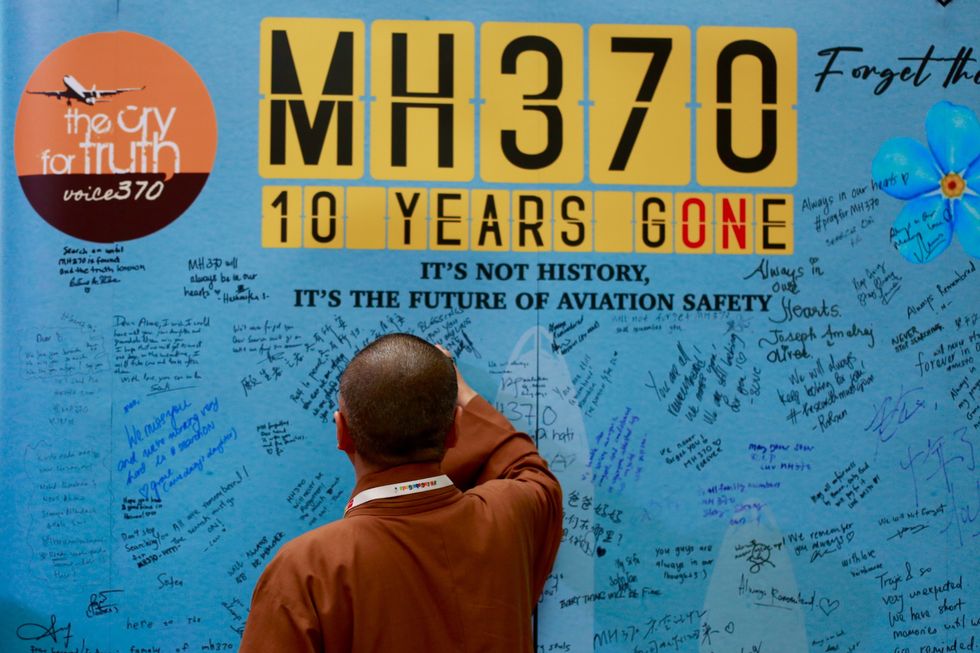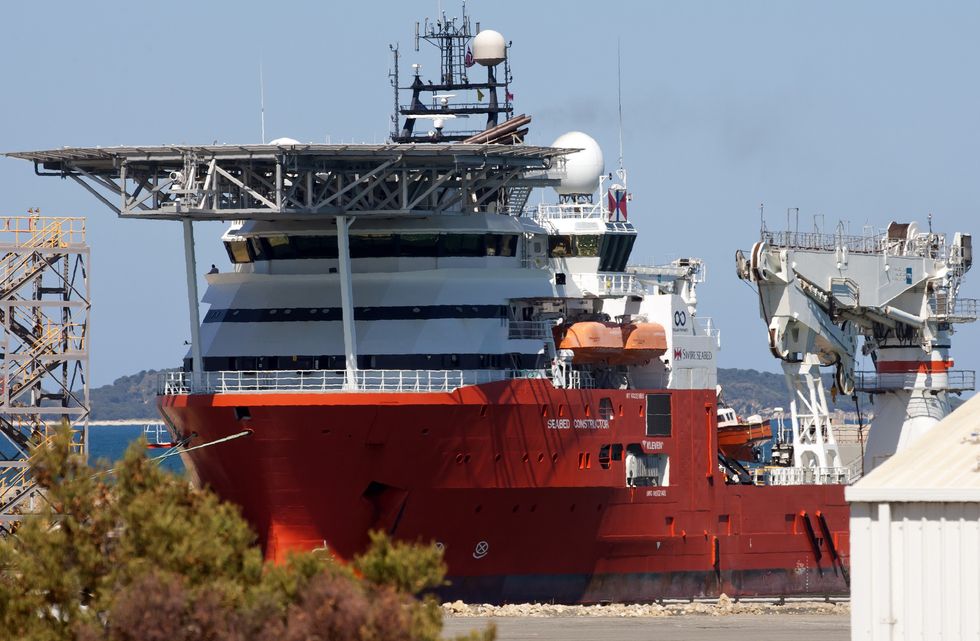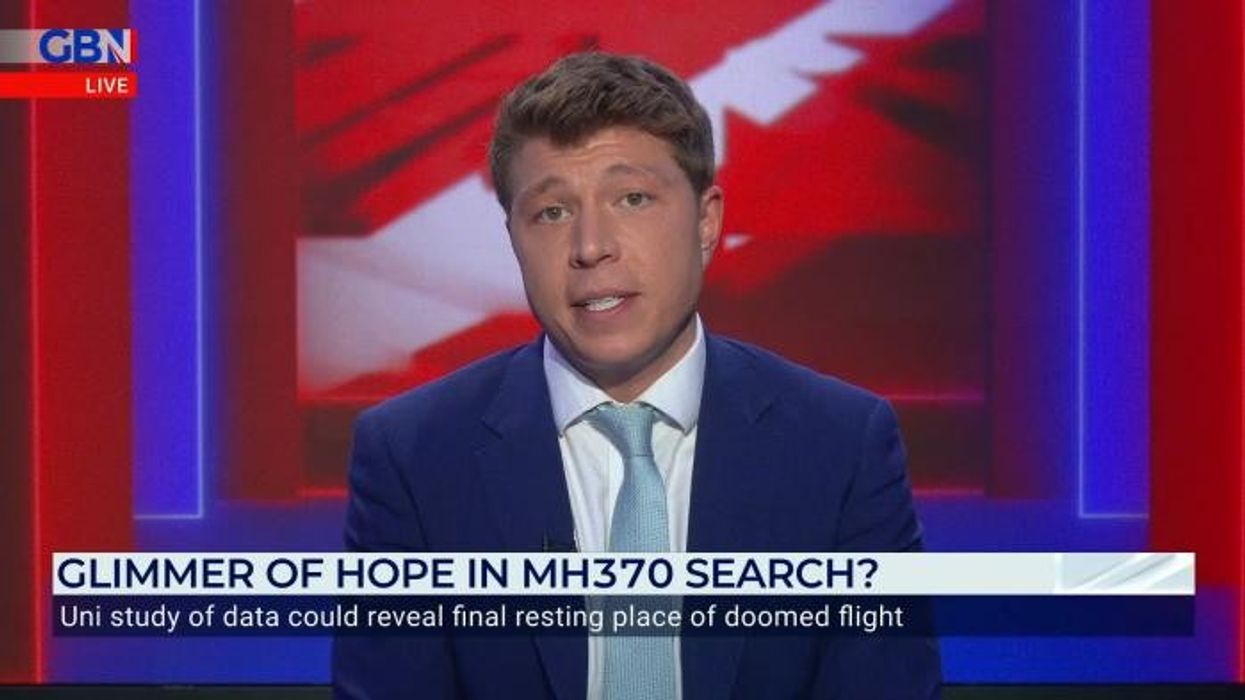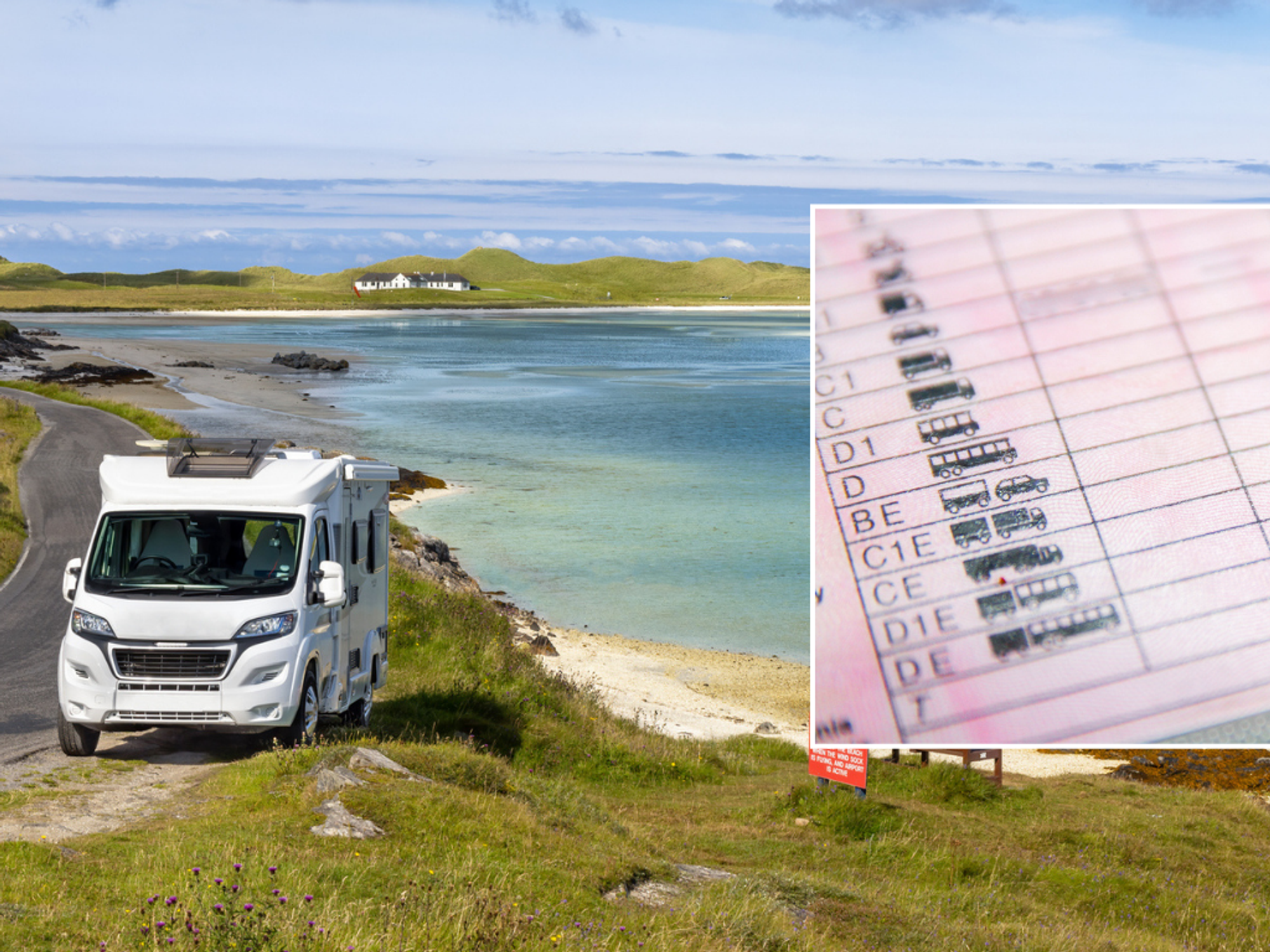MH370: 'Credible evidence pointing to the location of the crash site' of missing Malaysia Airlines plane ahead of new search
The new mission marks the third attempt to locate the aircraft, which vanished on March 8, 2014, with 239 people aboard
Don't Miss
Most Read
Latest
A cutting-edge control centre in Southampton is set to lead a new £57million search for Malaysia Airlines flight MH370, as experts point to "credible evidence" of the aircraft's whereabouts.
The Malaysian government agreed to the search proposal three weeks ago, with contracts expected to be signed this month offering a $70million (£57million) reward if the Boeing 777 is found.
Two key experts are driving the latest search efforts: Professor Simon Maskell from the University of Liverpool and aerospace engineer Richard Godfrey.
Professor Maskell, an autonomous systems expert, was part of a crucial meeting with Malaysian ministers in Kuala Lumpur last May to convince them there was credible evidence of MH370’s whereabouts to start another search.

The mission marks the third attempt to locate the aircraft, which vanished on March 8, 2014, with 239 people aboard during an overnight flight from Kuala Lumpur to Beijing
|Getty
Godfrey brings a unique perspective, having narrowly avoided boarding Air France flight AF447 that crashed in the Atlantic in 2009, killing all 228 aboard.
Together, the experts have developed methods to track MH370's final hours using weak signal propagation - the study of radio waves circulating the globe.
Godfrey's calculations suggest the aircraft crashed within an 18-mile radius centred at latitude 29.128°S, north of the current search zone.
American debris hunter Blaine Gibson, who has recovered 22 confirmed pieces of MH370, believes this new search has strong potential.
He said: “We have both old and new credible evidence and analysis pointing to the location of the crash site, better search technology and the results of past searches. We have a much better idea of where the plane is, and where it is not.”
The mission marks the third attempt to locate the aircraft, which vanished on March 8, 2014, with 239 people aboard during an overnight flight from Kuala Lumpur to Beijing.
The new search will cover 6,000 square miles of seabed in the southern Indian Ocean, where experts believe the aircraft crashed after running out of fuel.
Ocean Infinity, the marine robotics company behind the mission, will direct its fleet of autonomous vessels and underwater drones from the facility on the banks of the River Itchen.
MORE LIKE THIS:
- Good news for holidaymakers as British pockets are 'protected' despite new 'flight tax'
- United Airlines business class passenger urinates on stranger midway through long-haul flight before begging him 'not to press charges'
- Battle of Britain Memorial Flight 'may never fly again' amid 'risk-averse culture' at MoD
The facility, built where Spitfire planes were once manufactured, will serve as the robotic brain of the operation, coordinating vessels and drones across the Indian Ocean.
Operators will sit in tall, gaming-like chairs within specialised control pods, maintaining satellite communication with the autonomous vessels 8,000 miles away.
Ocean Infinity's new 256-foot Armada 78 vessels need only 16 crew members, compared to the 40-50 required on earlier search ships, substantially reducing operational costs.
While designed for fully remote operation from Southampton, the vessels will carry a small crew during the MH370 mission to assist with drone launches and retrievals.
The search operation will rely heavily on advanced sonar technology deployed through unmanned underwater drones.
These autonomous underwater vehicles emit sound pulses into the ocean depths, creating detailed images when the sound bounces back from objects on the seafloor.
The sophisticated equipment will be transported to the search area aboard Ocean Infinity's Armada 78 vessels, which feature the latest in autonomous maritime technology.
The new search zone spans between latitudes 33°S and 36°S in the Indian Ocean, though experts have identified additional areas of interest.
Professor Charitha Pattiaratchi of the University of Western Australia believes the aircraft may lie between 28°S and 33°S, on the slopes of Broken Ridge.
This challenging underwater terrain features dramatic drops from 16,000 feet to a 19,000-foot-deep sea trough, large enough to conceal a 242-foot Boeing 777.
No official start date has been announced for the mission.
Ocean Infinity's expertise in locating lost vessels at extreme depths adds credibility to their latest search.

Ocean Infinity's new 256-foot Armada 78 vessels need only 16 crew members, compared to the 40-50 required on earlier search ships
|Getty
The company successfully found the South Korean supertanker Stellar Daisy in 2017, which had become the largest ship by gross tonnage to be lost at sea.
The vessel was discovered more than 11,000 feet below the ocean surface while transporting iron ore across the South Atlantic.
In May 2020, Ocean Infinity located the USS Nevada southwest of Pearl Harbor at a depth exceeding 15,400 feet. The battleship had survived Japan's 1941 attack but later sank with 60 crew members aboard.
The company also demonstrated its capabilities by finding the Grande America, a large cargo ship that sank in the Atlantic in 2019.
The vessel went down carrying numerous new vehicles, including sought-after Porsche 911 GT2 RS models that had recently gone out of production.











